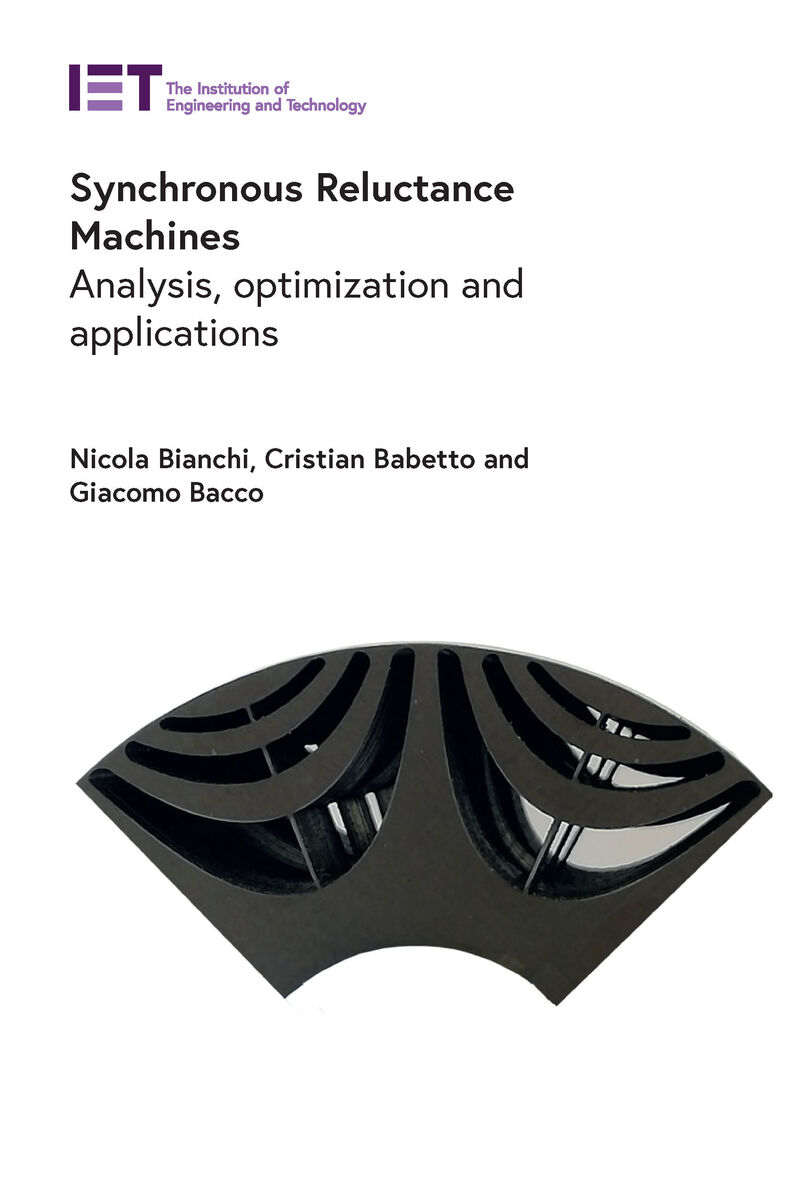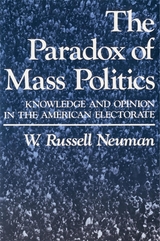Synchronous Reluctance Machines: Analysis, optimization and applications
The Institution of Engineering and Technology, 2022
Cloth: 978-1-83953-263-4 | eISBN: 978-1-83724-573-4 (ePub) | eISBN: 978-1-83953-264-1 (PDF)
See other books on: Analysis | applications | Automotive | optimization | Technology & Engineering
See other titles from The Institution of Engineering and Technology
Cloth: 978-1-83953-263-4 | eISBN: 978-1-83724-573-4 (ePub) | eISBN: 978-1-83953-264-1 (PDF)
ABOUT THIS BOOK | TOC
ABOUT THIS BOOK
Reluctance motors induce non-permanent magnetic poles on the ferromagnetic rotor; the rotor does not have any windings and torque is generated through magnetic reluctance. Synchronous reluctance motors (SyRMs) have an equal number of stator and rotor poles. Reluctance motors can deliver high power density at low cost, so they are finding increasing application in the transport sector. Disadvantages include high torque ripple and the complexity of designing and controlling them. Advances in theory, computer design, and control electronics can overcome these issues.
See other books on: Analysis | applications | Automotive | optimization | Technology & Engineering
See other titles from The Institution of Engineering and Technology












